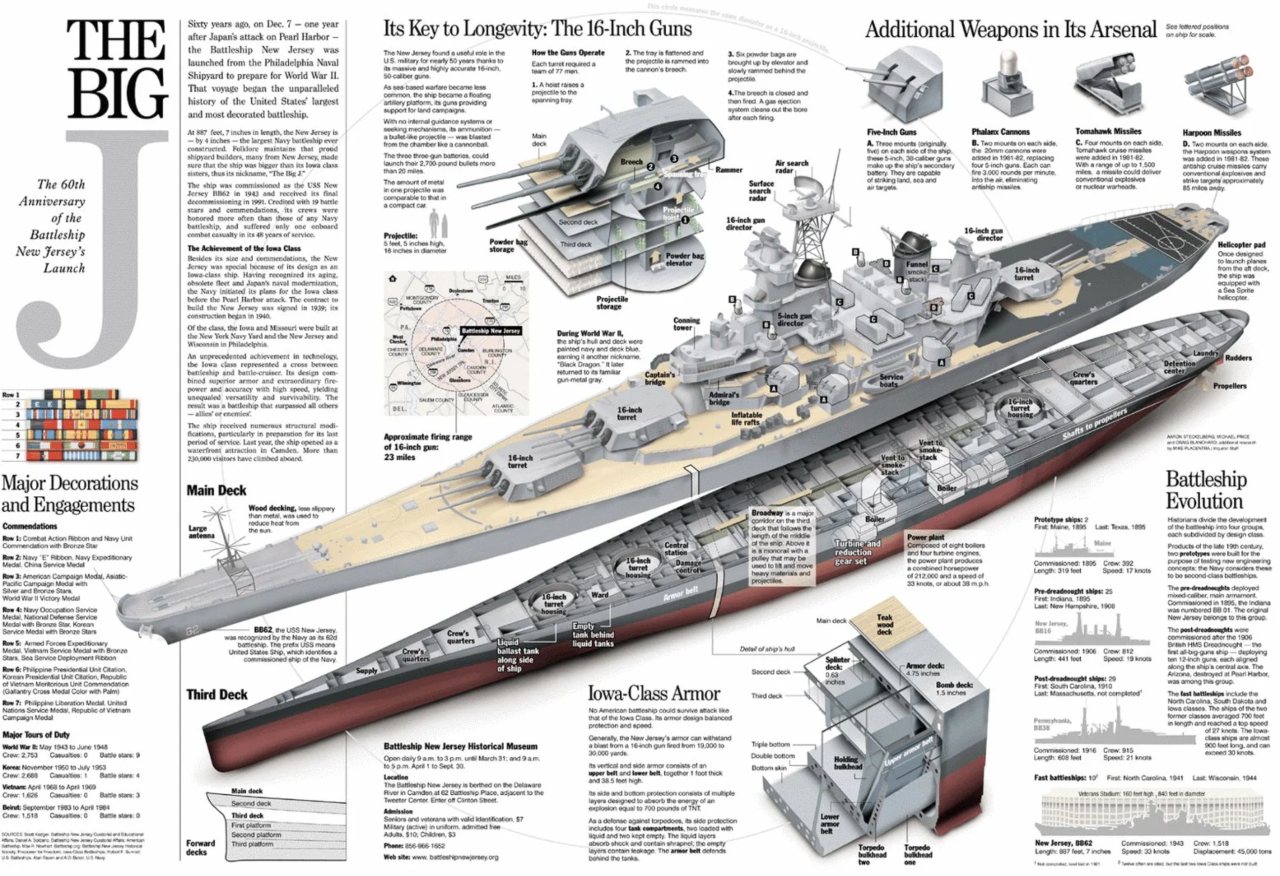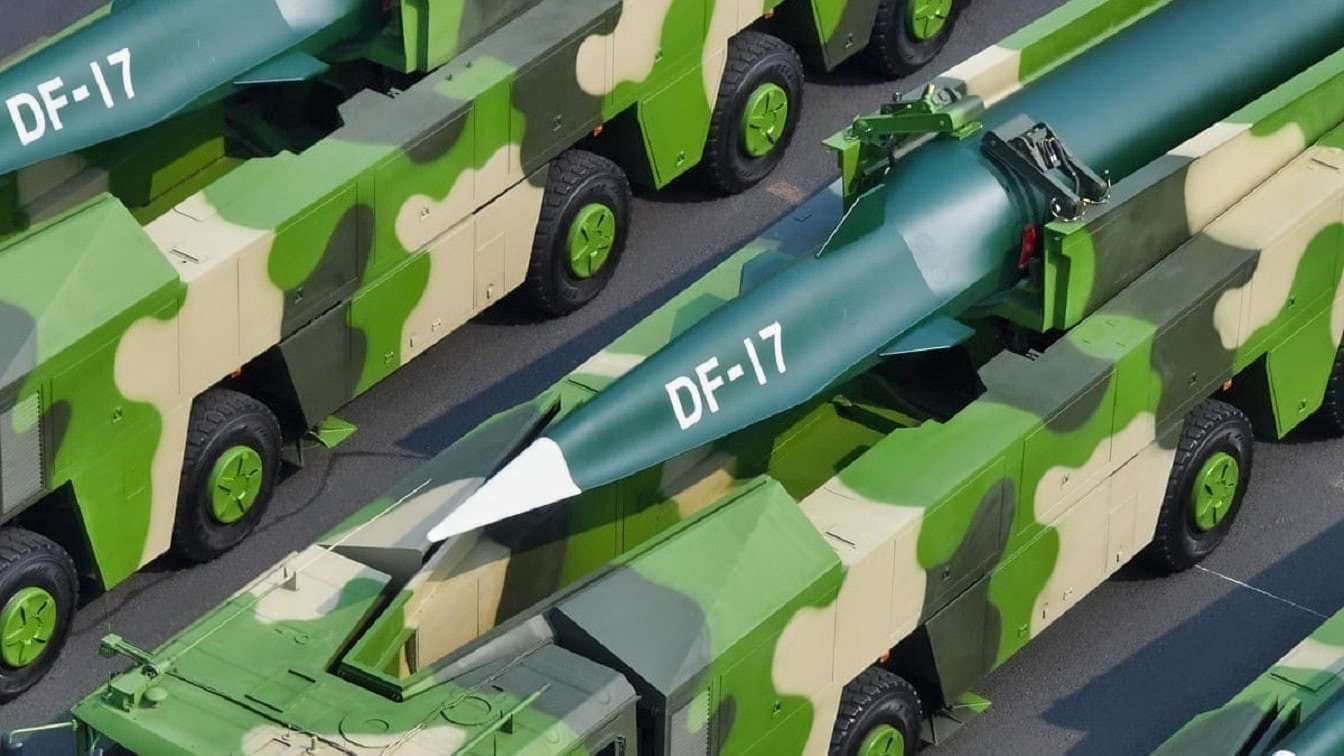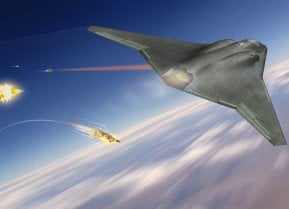Worst Idea Ever: Send Iowa-Class Battleships to Fight China in a War
As China's anti-access/area denial (A2/AD) systems increasingly threaten U.S. military capabilities, some naval planners suggest restoring Iowa-class battleships to counter these defenses.
Summary and Key Points: As China's anti-access/area denial (A2/AD) systems increasingly threaten U.S. military capabilities, some naval planners suggest restoring Iowa-class battleships to counter these defenses.

-However, this idea is impractical due to outdated infrastructure and the evolution of modern warfare.
-Instead of relying on large, vulnerable surface ships, the U.S. should focus on stealthier, more agile platforms like submarines, hypersonic weapons, and unmanned underwater vehicles.
-The solution lies in adapting to the changing nature of warfare, not reviving obsolete technologies like battleships.
Why Bringing Back Battleships Won't Solve America's A2/AD Problem
Some naval planners and enthusiasts—however slow—are beginning to recognize that anti-access/area denial (A2/AD) is more than just an acronym. It’s a very real threat to the United States military, especially America’s existing fleet of surface warships and pricey nuclear-powered aircraft carriers.
The A2/AD systems that threaten the United States today, notably the Chinese systems, could completely stymie any American attempt to project military power against Chinese targets in the event of a war between the United States and China.
Diagnosing the Problem But Missing the Cure
Good on these analysts for realizing that the days of sailing two flat tops through the Taiwan Strait as China fires rockets meant to intimidate their Taiwanese neighbors are over. Beijing has built a robust A2/AD defense throughout the region that would undoubtedly sink any U.S. carrier that got too close to those systems in the event of a war.
The solution that these naval analysts and enthusiasts offer, though, is totally unworkable. Some of these people truly want to restore the battleship to its former place of glory as the dominant capital ship of the U.S. Navy.
But this has not been the case since the early 1940s.
Since that time, the Navy moved on from the battleship. While the carrier became the primary surface warship for the Navy, the battleship became an auxiliary warship supporting ground invasions and providing added defense for other platforms at sea.

That is until the battleship was ultimately retired. The reason that so many are starting to call for the restoration of America’s battleship fleet is because the battleships are known to have been able to take a pounding.
It is assumed that a system like a battleship, with its heavy armor and insane firepower, could easily withstand the attacks that A2/AD networks would subject surface warships to while still projecting U.S. power into contested battlespaces protected by enemy A2/AD systems. Sadly, there is more to the reality of warfare in the age of A2/AD than simply having a big battlewagon there to sustain hits while dishing out a wallop.
Besides, the industrial base that once supported the old battleships has long been shuttered, and the knowledge base for maintaining these systems is long gone.
The United States cannot even produce the fifteen and sixteen-inch shells that the battleships of old used to attack. And that capacity is not coming back anytime soon. U.S. shipyards cannot even properly refuel their nuclear submarines in a timely manner while at the same time upgrading an aircraft carrier, as was the case from 2019–2021, when the USS George H.W. Bush, a nuclear-powered Nimitz-class carrier, went to Norfolk Naval Shipyard for drydock upgrades and got delayed there by three months because of the backlog.
So, good luck getting America’s nearly dead defense industrial base to produce the systems required to support the proper functioning of battleships!
While restoring the battleship to its former glory might seem cathartic, it is just another symptom of the same problem: America’s military decline and general lack of strategic acumen.
America’s Enemies Are Smart
America’s enemies have figured out how to neutralize our greatest naval weapon, the aircraft carrier before they can get close enough to a contested region to deploy their lethal airwing. Projecting power is the name of the game.
The United States, as a maritime power, relies heavily on its Navy. Thankfully for the Americans, the Navy has more than one way to project power. It just needs to prioritize some of those other ways to project power in a contested A2/AD environment.
That’s where submarines, hypersonic weapons, and unmanned underwater vehicles (UUV) become important. Those advocating for the improbable return of the battleship are correct in diagnosing the problem presented to U.S. sailors: China’s A2/AD systems could destroy their ships and render the surface mostly combat-ineffective. They’re just wrong about the cure.
It’s not trotting out another antique, lumbering surface vessel that, ultimately, will be sunk just like the others under barrages of rockets, cruise missiles, and hypersonic weapons that China’s A2/AD operators will fire at them.

The cure is to become nimbler and stealthier. So, the battleship won’t do. It’s time to move on from the battleship.
Author Experience and Expertise: Brandon J. Weichert
Brandon J. Weichert, a National Interest national security analyst, is a former Congressional staffer and geopolitical analyst who is a contributor at The Washington Times, the Asia Times, and The-Pipeline. He is the author of Winning Space: How America Remains a Superpower, Biohacked: China’s Race to Control Life, and The Shadow War: Iran’s Quest for Supremacy. His next book, A Disaster of Our Own Making: How the West Lost Ukraine, is due October 22 from Encounter Books. Weichert can be followed via Twitter @WeTheBrandon.
All images are Creative Commons or Shutterstock.
From the Vault
Russia Freaked Out: Why the U.S. Navy 'Unretired' the Iowa-Class Battleships
Battleship vs. Battlecruiser: Iowa-Class vs. Russia's Kirov-Class (Who Wins?)
Image Credit: Creative Commons and/or Shutterstock.


